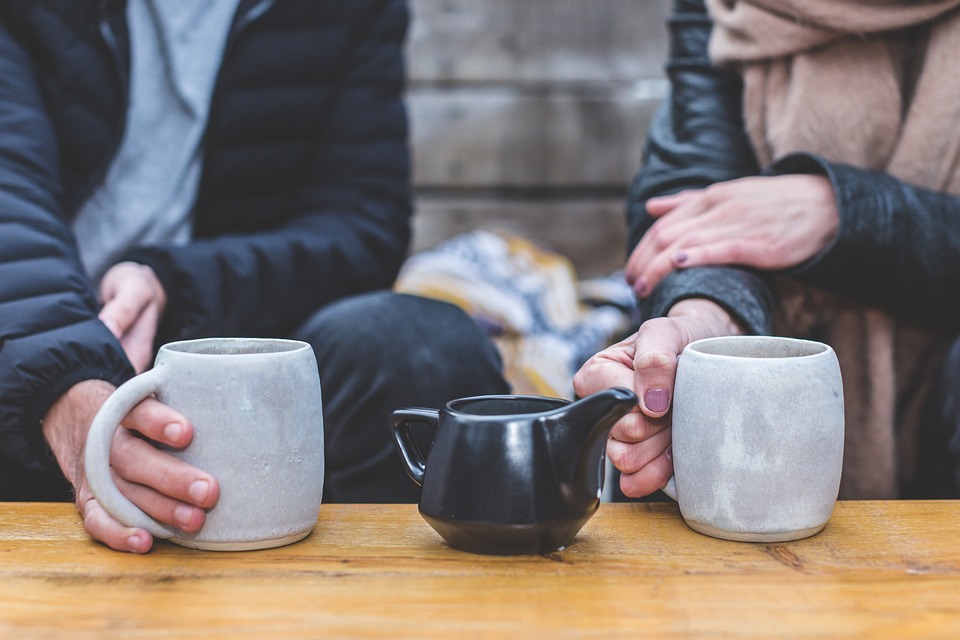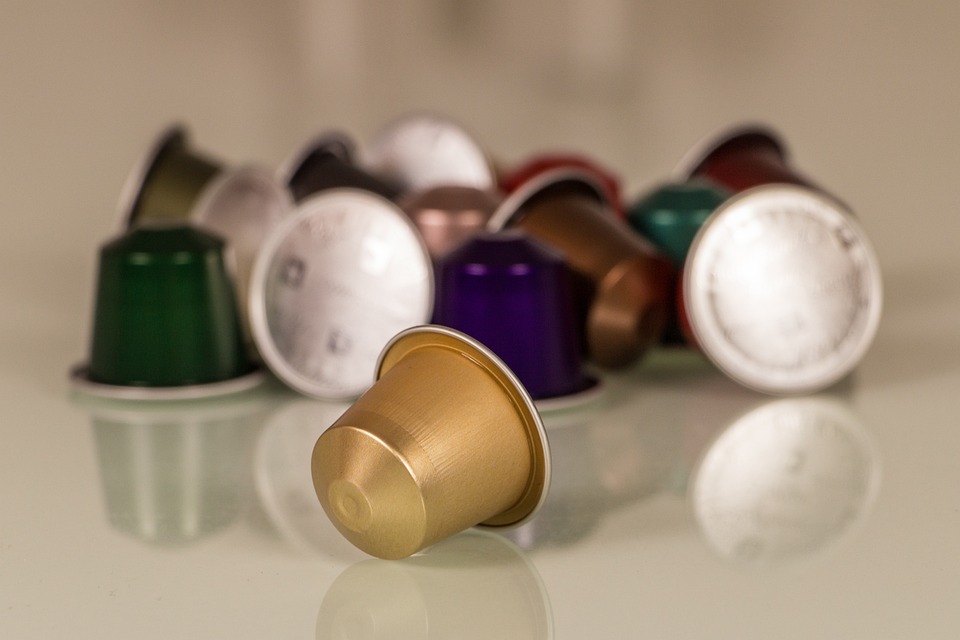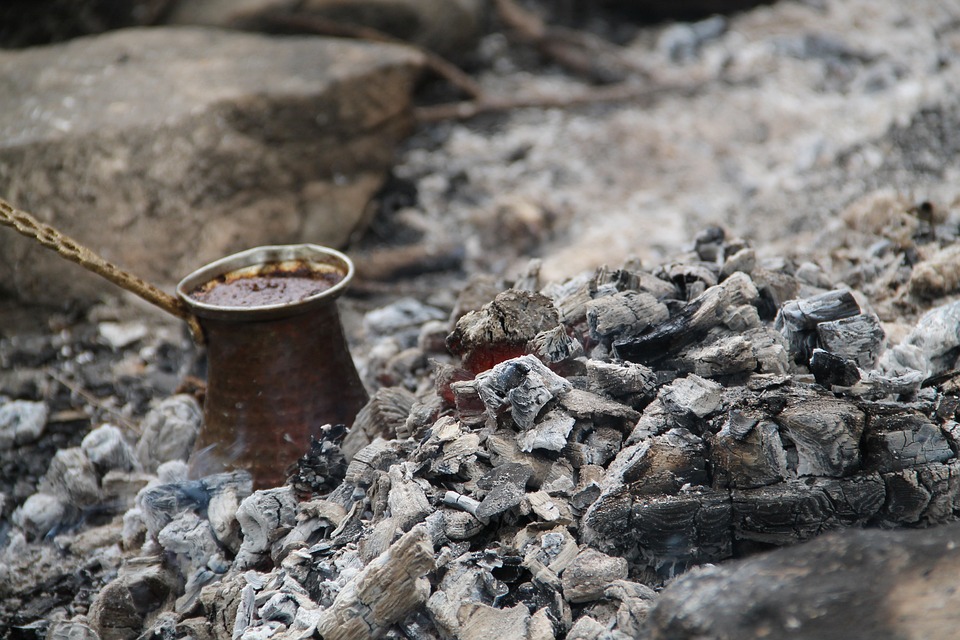Despite common misconceptions, coffee beans are actually seeds derived from a cherry fruit, not true beans. Robusta and Arabica are the main types cultivated on a large scale, among which Arabica dominates global production. The lion’s share of coffee production is held by countries in Asia, Africa, and Latin America. The distinct flavors and characteristics of each region’s coffee are largely due to differences in climate, soil conditions, and agricultural techniques.
Processing Coffee Beans
Farming techniques include but are not limited to harvesting, drying and cleaning processes, all of which are undergone before roasting. Farmers also pick beans different. While some may simply harvest beans indifferently, others will be more selective, meticulously picking only red cherries and returning after several days to repeat the process. After harvesting comes drying. There are two known ways to dry the cherries. The traditional way first involves sun-drying the cherries while intermittently raking them to ensure uniform exposure. After the cherries are dried, they are then de-husked to expose the inner green beans. The second way is to first soak the cherries in water and then de-husk them to expose the green beans. The beans are then sun-dried or oven-dried to remove any excess moisture. The way that beans are harvested, dried, and cleaned all contribute to the overall flavor of the resulting coffee.
Roasting Coffee Beans
Roasting is the process of “cooking” the cleaned green coffee beans. It is at this crucial stage of coffee-making process that the distinct attributes of the end product, in terms of aroma, acidity and bitterness are developed. The raw, grassy-flavored green bean is transformed into the flavorful brown, roasted coffee. Thus, this process is considered as a craft by itself.

Years of experience in blending different coffee varieties, processing them under strict parameters of temperature, time and equipment, will ultimately define the distinctness of the coffee flavor.
During the roasting process, more than 800 chemical compounds are formed, altered or balanced in such a manner that they complement each other to attain the desired flavor.
The Roasting Process
First stage. Once the green beans are placed in the oven, the temperature is slowly raised until it reaches 400 F. During this stage, the green beans will lose their moisture, then slowly turn to yellow and start to smell like toasted bread. It’s also important to keep mixing the beans, so that they heat evenly and completely dry out.
Second stage. When the temperature reaches about 400 F, the beans swell to about double their size, and decrease their weight by about five percent. It is in this stage that the first cracks occur when the remaining moisture tries to escape from the bean. It is also at this point that the sugars present in the beans start to caramelize, turning the color to light brown. Upon completion of this stage, the beans are considered lightly roasted.
Third stage. Between 400 to 428 F, the color changes quite rapidly from light brown to medium brown and the beans lose even more their weight. The chemical composition of the beans has now changed. This stage requires very precise technical skill on the part of the roaster to achieve the right temperature. At this point, it is now a delicate balancing act between sweetness and bitterness. How much uncaramelized sweet sugar will be allowed to stay and how much caramelized bitter sugars will be allowed to form in the beans.
Fourth Stage. Between 437 to 446 F, even more cracks begin to develop. The color can now be described as medium-dark brown, and the beans take on an oily gloss. Most roasters rarely go this far, since the possibility of over-roasting is quite high. All the sugars in the beans could get caramelized, resulting to a very bitter cup of coffee. Roasters that do attempt this stage, however, can put a quick stop to the roasting process by blasting the beans with cold air.
The Perfect Roast. The color of the roasted coffee can tell you so much about the quality and flavor of the end product. A very light color indicates that not enough sugars have caramelized, and certain compounds have not yet been broken down. This results in a very bitter cup of coffee. A very dark color, on the other hand, indicates that all sugars have caramelized, which could likewise result in a very bitter cup of coffee.
Stopping the roast between the first and second cracks, i.e. at temperatures between 401 and 419 F, is considered the ideal roast. A skilled roaster will be able to determine this exact point. However, technologies used by large companies also rely on computers and other specialized equipment to automate the process, thereby insuring the perfect roast every time. Only organoleptic tests (e.g. aroma, taste, and body) are left for humans to perform.
Grinding Coffee Beans
After the beans are roasted, they’re ready to store for later use. However, before you can use them to brew your favorite cup of joe, you need to grind them first.
Grinding may seem to be a simple process, but you should never underestimate its significance in the overall quality of your coffee. The fineness or coarseness of the grind affects the percentage recovery, amount of caffeine, richness of the aroma and wholeness of the flavor.

The main purpose of having the ideal grind is to get the most out of the coffee. The size of the particles greatly depends on the brewing or extraction process that follows. Brewing coffee using a coffee maker and extracting in bulk to produce instant coffee require totally different grinds. The bottom line, however, is to get a grind that is fine enough to permit maximum extraction but coarse enough not to pass through the filters and affect the flavor.
Recommended reading:
Our reviews of the best Keurig coffee makers
Our top choices when it comes to Coffee Grinders
Coffee Extraction
The main objective of this process is to separate the water-soluble coffee from its insoluble pulp. There are two major methods of coffee extraction. The wet method that produces brewed coffee and the dry method that produces instant coffee powder or granules. Brewed coffee can be made by using a coffee maker, by steeping, or by a simple drip method. Instant coffee, however, is normally done industrially since it involves sophisticated machines and techniques. Without getting too technical, the process involves brewing the coffee, filtering out the pulp, removing the water through evaporation, and producing concentrated coffee extract.
Brewed coffee is more flavorful and has richer aroma, but instant coffee is much more convenient and affordable. However, with regards to the acrylamide content, the disputed carcinogen created during the roasting process, instant coffee contains considerably higher amounts compared to brewed coffee which only has negligible levels. The rigid extraction process for instant coffee could explain why they contain higher levels of the said compound.




